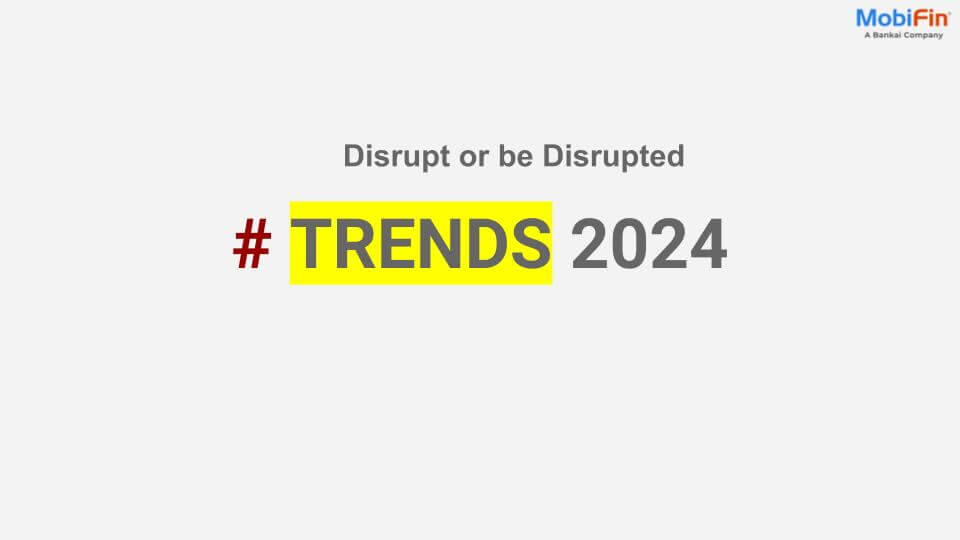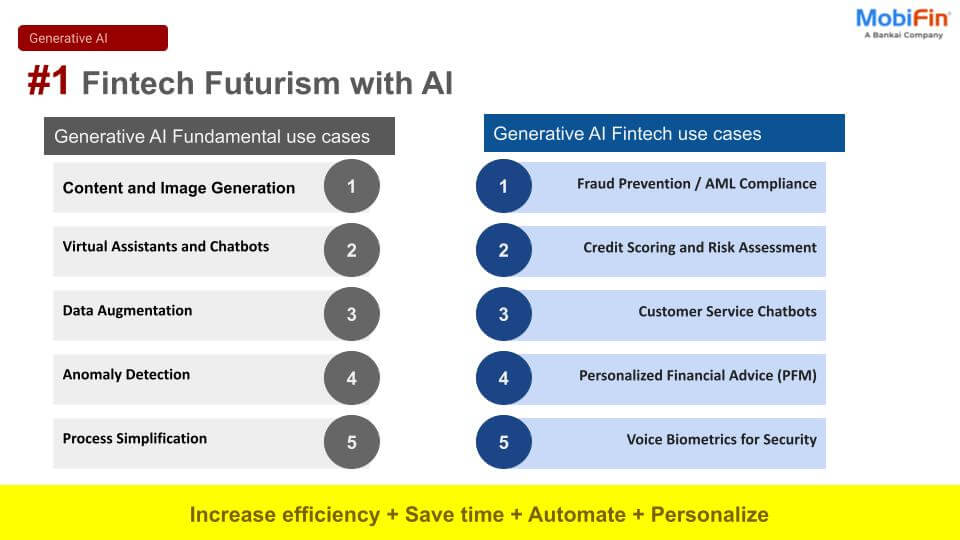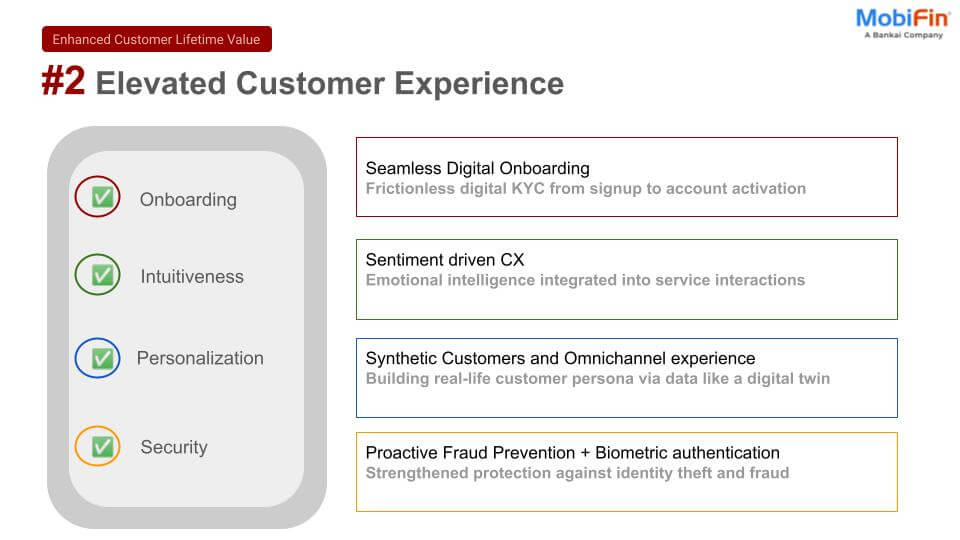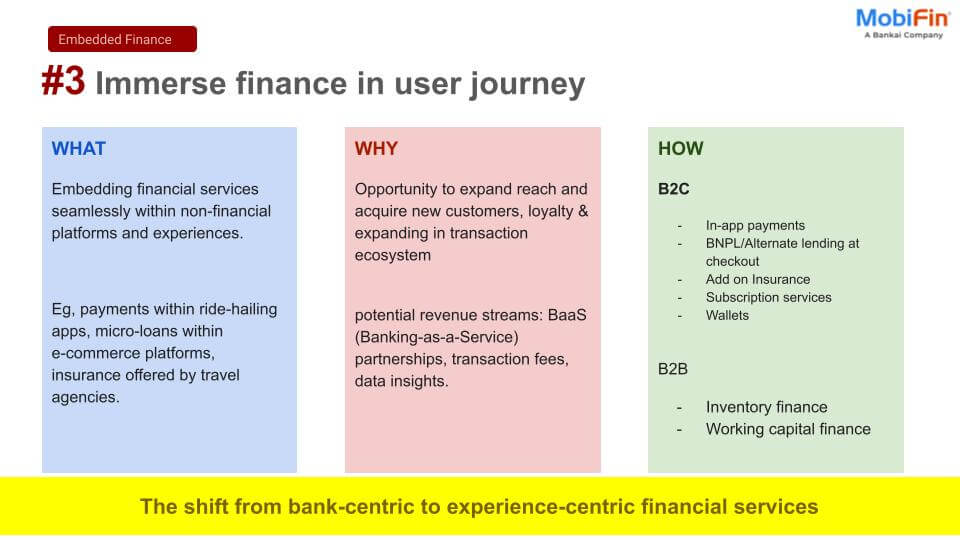Whereas many banks are still contemplating whether implementing a digital core banking system is worth taking the trouble since it can be a daunting task involving re-factoring, re-scaling, and re-platforming.
The market size of the core banking software industry is projected to grow from $12.51 billion in 2022 to $40.67 billion by 2029, observing an 18.3% of growth rate. It shows that the upcoming years will be crucial in transforming the technology architecture of the banking industry. Let’s see how the next-gen digital core banking system can help banks innovate faster, operate efficiently, and maximize return on equity (ROE).
How Legacy Systems Hinder Performance in Banking?
In legacy systems, a large part of the IT budget is consumed by technical debt because of manual regression testing, deployment, and lower straight-through processing (STP) rates.
The monolithic architecture of legacy systems leads to interdependencies and bottlenecks. It impedes the launching of new products and services, severely affecting time-to-market—a critical differentiator in a competitive marketplace.
A banking system with siloed data and multiple product-oriented cores makes it complex and expensive to cater to customers’ individual needs. The traditional banking ecosystem also lacks connectivity to third parties that enable innovative products and services.
The new generation of cloud-based, digital core banking solutions address these challenges and opens new horizons for revenue streams.
What does it mean to have Next-gen Digital Core Banking Solutions?
The core banking system provides a ‘centralized online real-time environment’ to process backend activities integral to banking services like opening new accounts, calculating interest, processing transactions across various branches, etc.
Next generation core banking solutions break down the limitations of legacy systems by offering flexible, modern, scalable, and open architecture supported by:
- Cloud-based platform
- Decoupled and augmented service-oriented architecture
- Open APIs (Application Programming Interfaces) that support seamless integration
- Strong parameterization
These modern core banking solutions can affect various customer and banker touchpoints by improving a wide range of use cases involving backend processes.
Unparalleled Benefits of Implementing Next-gen Digital Core Banking System
Here are some benefits that tell the modern core from the traditional core:
Customer-centric Proposition
Customers’ demand for intuitive and personalized banking experiences is at an all-time high. Data capabilities of the digital core banking system can make a vast difference in this area. Real-time data analytics enable integrated data sets and a single source of truth for customer transaction data.
Banks can create hyper-personalized digital services and products for target markets and customer segments. Advanced analytics also provide the ability to make sharper decisions regarding customer-centric front-end technology.
Simplified Compliance
The banking industry follows a highly regulated framework. In addition, the complexity of regulations is constantly changing, depending on the current administration’s policies. Next-generation core banking solutions ensure banks stay compliant with reporting standards without following the time-consuming processes.
It makes AML (Anti Money Laundering) and KYC (Know Your Customer) procedures simple for banks to carry out instant verification. The core system syncs digital forms, electronic documents, and Customer Relationship Management software with regulatory imperatives to avoid legal disputes.
Reduced IT Costs
An agile core banking system spells out a no or low-code platform that increases developer productivity. Development tools facilitating automation help banks remove technical debt associated with manual software delivery.
Banks can achieve higher efficiencies by removing layers of complexity using a cloud-based platform. It eliminates the cost of managing fragmented and manual operations, enabling banks to scale infrastructure and deploy new products.
Faster Serving Time
A real-time transaction processing engine is a vital component of digital core banking systems that enable a range of real-time services, including personal finance applications, instant loan approvals, etc.
A hyper-parameterized and configurable workflow engine aids the speedy development of products and services. The standardized core processes make it easier for banks to leverage automated testing tools, paving a path for frequent deployment cycles.
Scalability and Interoperability
The microservices architecture of the core banking system is modular and decoupled enough to allow the continuation of other services while any microservice is facing downtime. Such architecture enables rapid and inexpensive scaling of services concerned with the bank’s objectives.
Dynamic APIs are pivotal to providing superior experiences to targeted customer segments. Cloud-native solutions aid innovation through partnerships with best-of-breed, third-party FinTech platforms seamlessly.
Make Headway with Cloud-native Core Banking Solutions
Thanks to advances in core banking technology, the modernization of a bank’s core is no longer a binary choice. Banks can implement a variety of cloud-based and configuration-driven core banking solutions, which can be a less disruptive and workable alternative. These solutions allow banks to leverage legacy platforms while addressing their pressing needs. Therefore, banks must make headway with the next-gen core banking system to avoid laggards in a highly competitive marketplace.
Panamax’s banking suite offers a core banking system for the BFSI industry that transforms banking functions to create a cloud-enabled financial ecosystem.













